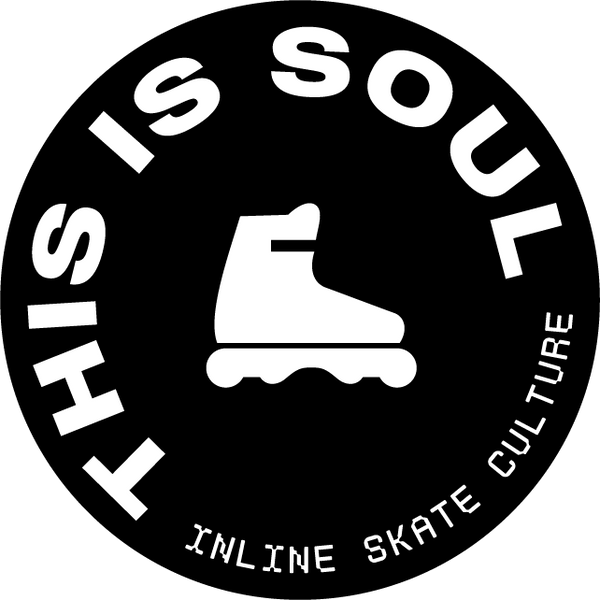First steps on Inline skates // The pinguin move.
Short answer
Mastering the first steps of inline skating builds confidence and teaches balance, stopping, and gliding—start safely and progress gradually.
Taking your first steps in inline skating
Inline skating combines excitement, fitness, and fun, but every skater begins somewhere. Taking your first steps is about learning the basics while building confidence. Whether you're starting with a cautious penguin stride or practicing how to stop, these early lessons set the foundation for a smooth skating journey.
How to start skating: the essentials and first steps
Begin with balance and posture
Before moving, ensure your posture is steady:
- Knees bent: Keep your knees slightly bent to stay balanced.
- Weight forward: Lean forward slightly to avoid tipping backward.
- Arms relaxed: Hold your arms out for balance.
This stance keeps you stable and ready to take your first steps.
Mastering the penguin stride
The penguin stride is the simplest way to start moving:
- Feet in a V-position: Place your heels together, with toes pointing outward at about 70 degrees.
- Step like a penguin: Lift one foot and then the other, mimicking a waddling motion.
- Roll and steady: Once you're moving, bring your feet parallel to roll steadily.
This technique is perfect for beginners learning to get comfortable on skates.
Learn to stop safely
Stopping is critical for both safety and confidence:
- Penguin stop: Place one foot slightly in front of the other at an A-shaped angle and apply gentle pressure to slow down.
- Braking technique: Use repeated steps in an A-shape to gradually reduce speed.
Practice these methods until stopping becomes second nature.
Progressing to smoother movements after the first steps
Gliding and striding
Once you feel stable, start practicing longer strides:
- One-foot glides: Extend your stride and balance on one foot for a few seconds.
- Return to center: After each stride, bring your foot back to the center to maintain balance.
This helps transition from basic waddling steps to flowing skating movements.
Safe falling techniques
Falling is part of the learning process. To fall safely:
- Crouch low: Lower your body into a "crab" position to reduce impact.
- Roll with it: If you fall, roll onto your side rather than bracing with your hands.
Practicing these techniques will make you more confident and less fearful of mistakes.
Why lessons make a difference
If you’re taking your first steps into inline skating, lessons can make all the difference. The This Is Soul Skateschool in Amsterdam offers beginner-friendly courses and private lessons designed to teach essential techniques like stopping, gliding, and turning. With expert guidance, you’ll master the basics in a safe and supportive environment, helping you gain confidence and progress quickly.
Final tips for beginner skaters
Inline skating takes practice and patience. Keep these tips in mind as you progress:
- Start in a traffic-free space like a park.
- Always wear protective gear, including a helmet and pads.
- Watch videos or join a community to stay motivated and inspired.
With consistent practice and the right techniques, you'll go from cautious first steps to confident skating in no time.
